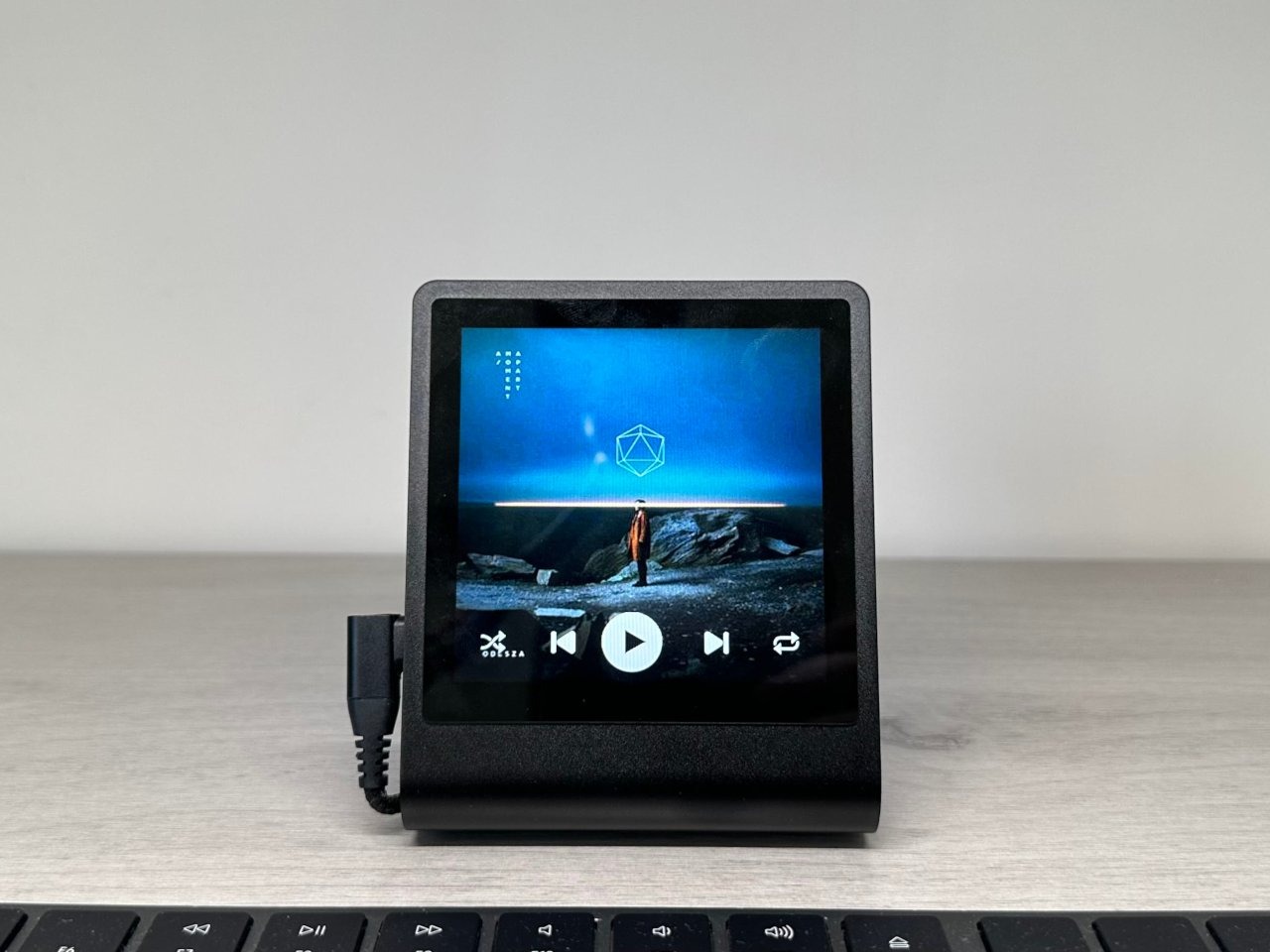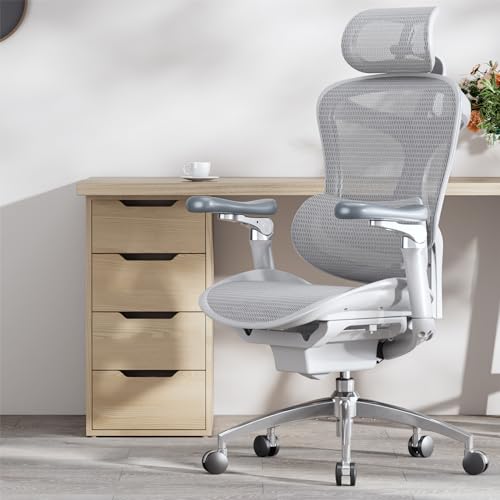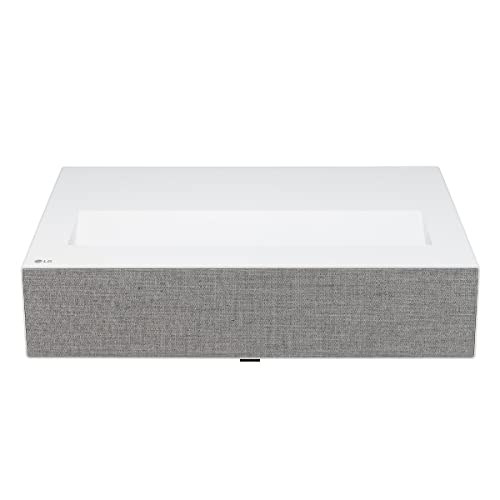While most people remember the 1990s for boy bands and dial-up internet screeches, automotive enthusiasts recall an era when carmakers smuggled performance into pedestrian packages. These unassuming vehicles—family sedans, wagons, and compact coupes—concealed surprising firepower beneath their humdrum exteriors. Like Clark Kent stepping into a phone booth, these ordinary-looking cars transformed into something spectacular when the accelerator hit the floor.
Each of these stealth bombers delivered thrills without the visual drama of a Lamborghini or the price tag of a Porsche. Their beauty wasn’t in dramatic styling but in the shocked expressions of sports car owners as these mundane-looking machines kept pace or disappeared into the distance. Ready to discover automotive history’s greatest automotive sleight-of-hand? Let’s count down the ten most brilliantly disguised performance cars of the 1990s.
10. 1992 Isuzu Impulse RS (Exterior)

The Isuzu Impulse RS mastered the art of understated aggression. Its clean, somewhat generic 90s coupe profile concealed legitimate performance credentials behind innocuous sheet metal. Subtle badging and color-matched wheels were the only exterior clues to its special nature. While most would mistake it for just another forgotten compact, the trained eye might spot the discreet “Handling by Lotus” badges—the equivalent of finding out the quiet kid at school was secretly a martial arts champion.
1992 Isuzu Impulse RS (Interior)

Inside, the Impulse RS offered a driver-focused environment without flashy distractions. The simple, functional dashboard housed straightforward analog gauges with minimal fuss. Supportive sport seats wrapped in durable cloth provided excellent lateral support during aggressive driving. The interior prioritized function over luxury with good visibility and ergonomic control placement. True to Japanese design philosophy of the era, everything a driver needed was within reach, nothing was ostentatious, and build quality exceeded what the modest price point suggested.
9. 1994 Mazda MX-6 GT Turbo (Exterior)

The MX-6 GT Turbo showcased Mazda’s 90s design language at its finest—smooth, flowing lines with almost no harsh angles or aggressive elements. Its rounded silhouette and minimal brightwork created a sophisticated presence that aged remarkably well. Park it next to contemporary Mazda models, and you’ll immediately see the family design DNA that still influences the brand today. The MX-6’s pop-up headlights (on earlier versions) and clean proportions gave it a timeless elegance rarely found at its price point.
1994 Mazda MX-6 GT Turbo (Interior)

Mazda’s interior designers created a cockpit that wrapped around the driver without alienating passengers. The wraparound dashboard placed controls within easy reach, while the three-spoke steering wheel provided excellent feedback from the front wheels. The supportive seats struck the perfect balance between long-distance comfort and cornering support. High-quality plastics and tight panel gaps demonstrated Mazda’s commitment to build quality that punched above its weight class. The backseat, while not exactly spacious, could accommodate adults for short trips—making the MX-6 more practical than dedicated sports coupes.
8. 1996 Volvo 850R Wagon (Exterior)

Nothing says “I’ve given up on life” quite like a Volvo station wagon—which is precisely what makes the 1996 Volvo 850R Wagon the ultimate sleeper. Its slab-sided, rectilinear design prioritized function over form, with the aerodynamic qualities of a brick. Subtle visual cues—slightly lowered ride height, unique wheels, and minimal badging—differentiated the R model from standard 850 wagons. This intentional understatement created perhaps the ultimate sleeper car: a family wagon that could embarrass sports cars while appearing completely responsible and sensible.
1996 Volvo 850R Wagon (Interior)

Inside, the 850R continued Volvo’s reputation for ergonomic excellence with supremely comfortable seats that remain benchmark-worthy nearly three decades later. The R-specific Alcantara upholstery and blue-faced instruments provided subtle hints at the car’s sporting intentions without sacrificing Volvo’s renowned comfort. The upright dashboard featured logically arranged controls that could be operated while wearing winter gloves—Swedish practicality at its finest. The cavernous cargo area could swallow an impressive 58 cubic feet of luggage with the rear seats folded, proving that performance and practicality weren’t mutually exclusive.
7. 1993 Pontiac Grand Prix GTP (Exterior)

Pontiac’s designers gave the Grand Prix GTP the perfect amount of visual aggression—enough to suggest performance without broadcasting it. The smooth, aerodynamic body featured subtle cladding, a rear spoiler, and fog lights integrated into the front fascia. These visual enhancements complemented the car’s sleek greenhouse and sloping rear window. The GTP’s ground effects weren’t just for show; they reduced lift at highway speeds. Twin exhaust outlets peeking from beneath the rear bumper provided the only hint of the performance potential lurking under the hood.
1993 Pontiac Grand Prix GTP (Interior)

The Grand Prix GTP’s interior employed Pontiac’s driver-oriented “cockpit” layout with controls angled toward the driver. The thick-rimmed steering wheel and contoured sport seats created an environment that meant business. Some models featured a head-up display that projected speed and other vital information onto the windshield—fighter jet technology that was cutting-edge for the time. The red-illuminated instrument panel created a distinctive nighttime ambiance that reinforced Pontiac’s performance brand identity. Despite these sporty touches, the GTP maintained comfortable seating for five and ample trunk space for family duties.
6. 1995 Mitsubishi Galant VR4 (Exterior)

The Galant VR4 might be the stealthiest car on this list—its conservative, corporate sedan styling gave absolutely no indication of the rally-bred technology underneath, much like these sedans from the 60s. The only exterior tells were subtle VR4 badges, a small rear spoiler, and specific wheels that only enthusiasts would recognize. Mitsubishi deliberately kept the visual enhancements minimal, creating a car that blended seamlessly into traffic until the driver decided to unleash its considerable performance. This unassuming appearance made it perfect for those who preferred flying under the radar.
1995 Mitsubishi Galant VR4 (Interior)

Behind the Galant VR4’s doors lurked a cabin that balanced comfort with sporting intent. Supportive front seats with enhanced bolstering held occupants in place during spirited driving without sacrificing long-distance comfort. The logical control layout featured white-faced gauges that were easy to read at a glance. Build quality exceeded many competitors, with materials that have aged surprisingly well. The rear seats offered generous legroom, while the trunk provided ample storage for weekend getaways. Unique touches like a Momo steering wheel reminded drivers they weren’t in an ordinary Galant, but these cues remained subtle enough to maintain the car’s sleeper status.
5. 1994 Buick Roadmaster Estate Wagon (Exterior)

Behold the automotive equivalent of your grandfather showing up to Thanksgiving dinner and then winning an MMA fight—the Buick Roadmaster Estate Wagon. Its enormous footprint, formal styling, and woodgrain side panels created the least sporting visual impression imaginable. The upright greenhouse, formal roofline, and chrome trim suggested country club valet parking, not stoplight drag racing. Nothing about its outward appearance—from its waterfall grille to its full-width taillights—hinted at the Corvette-sourced V8 lurking beneath its vast hood. This complete visual deception makes the Roadmaster the ultimate stealth performance vehicle.
1994 Buick Roadmaster Estate Wagon (Interior)

Inside, the Roadmaster Estate Wagon offered living room comfort rather than racing cockpit confines. Broad, pillowy seats trimmed in leather or velour prioritized comfort over lateral support. The dashboard featured straightforward analog gauges and simple controls designed for ease of use rather than sporting pretension. Real wood trim and high-quality materials created a premium atmosphere that belied the car’s performance potential. The cavernous interior could accommodate eight passengers with the rear-facing third row deployed, while cargo capacity rivaled some modern SUVs. Power accessories, climate control, and premium audio systems ensured passengers traveled in comfort regardless of how aggressively the driver exploited the powerful V8.
4. 1998 Ford Contour SVT (Exterior)

Ford’s Special Vehicle Team showed remarkable restraint with the 1998 Ford Contour SVT‘s exterior. Apart from unique 16-inch wheels, subtle badging, and slightly reshaped bumpers with integrated fog lights, the SVT looked nearly identical to its rental-fleet cousins. The body-colored side moldings and minimal chrome created a clean, European-inspired aesthetic that reflected the car’s Mondeo-based origins. This visual subtlety perfectly complemented the car’s sleeper status—nothing about its appearance suggested it could challenge BMWs costing twice as much.
1998 Ford Contour SVT (Interior)

The Contour SVT’s cabin received thoughtful upgrades that enhanced driver engagement without unnecessary flash. Leather-wrapped steering wheel and shifter provided better grip during spirited driving, while the white-faced gauges improved readability. SVT-specific sport seats offered considerably more lateral support than standard Contour seats, with attractive two-tone upholstery that added a touch of visual interest. The dashboard maintained the European-inspired ergonomics of the standard Contour, with logically arranged controls and good build quality. Rear seat space remained the SVT’s one weakness—tight even by compact sedan standards—but the 60/40 split-folding rear seat added cargo flexibility.
3. 1999 Subaru Legacy B4 RSK (Exterior)

The Legacy B4 RSK exemplified Japanese design restraint, with only the subtlest hints at its performance capabilities. The modest hood scoop (functional, not decorative) fed air to the top-mounted intercooler, while specific wheels and minimal badging completed the visual package. Its clean lines and conventional three-box sedan profile created perhaps the perfect sleeper—a car that looked like a responsible choice for a young professional but packed genuine sports car performance. This understated approach perfectly complemented Japanese car culture’s appreciation for hidden performance.
1999 Subaru Legacy B4 RSK (Interior)

Inside, the B4 RSK balanced executive car luxury with sporting functionality. The cockpit featured supportive bucket seats trimmed in high-quality materials that provided excellent support during aggressive driving. The driver faced a comprehensive instrument cluster with a 9,000 RPM tachometer taking center stage. High-grade plastics, tight panel gaps, and thoughtful ergonomics demonstrated Subaru’s commitment to quality at every touchpoint. The rear seats offered reasonable space for adults, while the trunk provided adequate storage for everyday use. Climate controls and the audio system were logically arranged and built to last—many examples still have functioning original electronics decades later.
2. 1991 Dodge Spirit R/T (Exterior)

The Dodge Spirit R/T might be the most inconspicuous performance car ever created—it looked like something your high school math teacher would drive, yet hid legitimate muscle car credentials. Apart from unique 15-inch aluminum wheels, a tiny rear spoiler, and discreet R/T badging, nothing visually distinguished it from a base Spirit. The conservative, rectilinear styling screamed “sensible transportation,” not “street performer.” This complete lack of visual drama made the Spirit R/T perhaps the purest expression of the sleeper car concept—a vehicle whose appearance completely belied its capabilities.
1991 Dodge Spirit R/T (Interior)

The Spirit R/T’s interior continued the sleeper theme with minimal sporting pretensions. Drivers faced a straightforward instrument panel with a tachometer being the only notable upgrade over base models. The sport seats offered slightly better lateral support but remained visually subdued. A leather-wrapped steering wheel and shift knob provided the only tactile clues to the car’s performance credentials. The cabin prioritized practicality with generous passenger space, excellent visibility, and durable materials that could withstand family use. This no-nonsense approach to interior design perfectly matched the car’s sleeper philosophy—substance over style, performance without pretension.
1. 1991 Chevrolet Lumina Z34 (Exterior)

GM’s boxy Lumina sedan looked about as exciting as a filing cabinet, which made its Z34 variant the perfect sleeper. Chevrolet added subtle visual upgrades—a modest rear spoiler, slightly flared side skirts, and twin-outlet exhaust tips—but nothing screamed performance. The 16-inch alloy wheels were the most noticeable upgrade, yet remained tastefully understated. This intentional restraint in styling created one of the era’s great optical illusions: a family sedan that could hang with sports cars while flying completely under the radar.
1991 Chevrolet Lumina Z34 (Interior)

Pop open the Lumina Z34’s door, and the sleeper theme continued with just enough hints to alert the observant. Sport bucket seats with thicker bolstering hugged drivers during spirited cornering, while a leather-wrapped steering wheel and shifter provided better grip than their plastic counterparts in base models. The instrument cluster featured a tachometer and auxiliary gauges that base Luminas lacked. Despite these sporty touches, the cabin remained thoroughly practical with seating for five and decent rear legroom. The Z34 is a perfectly balanced, practical family transport with just enough performance touches to make enthusiasts smile. If you’re fascinated by these sleeper legends, you’ll also want to look at some collectible American sports coupes from the ’90s that have become sought-after treasures among enthusiasts—even if they didn’t always wear their muscle on their sleeves.




























